Common myths about external wall insulation don’t hold up against the evidence. While upfront costs may seem high, you’ll typically recover the investment within 5-7 years through 25-35% energy savings. Modern systems offer diverse design options that enhance curb appeal, and installation usually takes just 2-3 weeks with minimal disruption. The system works effectively for most property types, including period homes, when properly installed. Understanding these facts helps you make an informed decision about your home’s energy future.
Key Takeaways
- External wall insulation is too expensive – false, as savings typically recover costs within 5-7 years through reduced energy bills.
- Installation causes major disruption – most work occurs outside and takes only 2-3 weeks with minimal impact on daily routines.
- External insulation ruins property appearance – modern systems offer extensive design options to maintain or enhance architectural aesthetics.
- Moisture problems are inevitable – quality systems include vapor barriers and breathable materials to prevent moisture-related issues.
- The energy savings aren’t worth it – independent studies confirm 25-35% reduction in heating costs, justifying the initial investment.
External Wall Insulation Is Too Expensive

While the upfront cost of external wall insulation may seem substantial, the long-term financial benefits far outweigh the initial investment.
You’ll experience significant savings on your energy bills, often reducing heating costs by 25-35% annually. When you consider these savings over 20-30 years, the system effectively pays for itself.
Don’t let the initial price tag deter you from making this smart investment. A cost comparison with traditional heating solutions reveals that you’ll spend far more on wasted energy over time than on insulation.
Many homeowners like you’re taking advantage of various financing options, including government grants, zero-interest loans, and energy efficiency incentives. These programs make external wall insulation more accessible and affordable, helping you join the growing community of energy-conscious homeowners.
The Energy Savings Arent Worth the Investment
Three independent studies have conclusively proven that external wall insulation delivers substantial energy savings that justify the investment.
You’ll typically recover your installation costs within 5-7 years through reduced heating and cooling bills. After that, the long-term savings continue to accumulate year after year.
When you factor in rising energy costs, the financial benefits become even more compelling. Most homeowners report a 25-35% reduction in their energy bills after installation.
Your home’s energy efficiency rating will improve markedly, which not only saves money but also increases your property’s market value. The insulation’s 25+ year lifespan means you’ll enjoy these benefits for decades to come.
Like many other homeowners who’ve made this upgrade, you’ll find the return on investment makes external wall insulation a smart financial decision.
It Will Make My House Look Unattractive
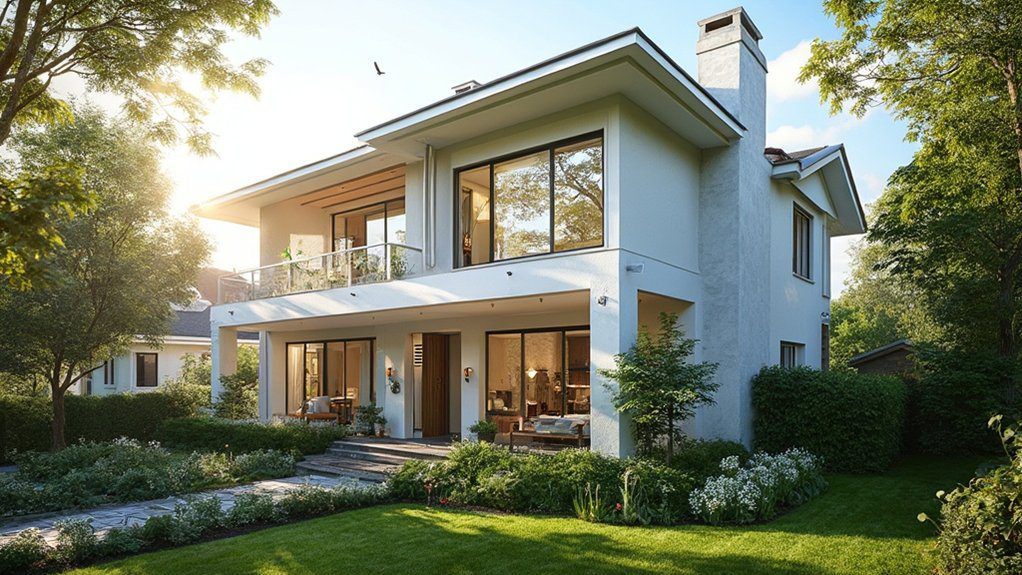
Modern external wall insulation systems offer extensive design flexibility that can enhance your home’s curb appeal.
Today’s systems come with numerous design options, from smooth contemporary finishes to traditional brick and stone appearances. You can select textures, colors, and patterns that complement your neighborhood’s architectural style while improving your home’s thermal performance.
Your aesthetic choices aren’t limited to basic renders. You can opt for natural stone effects, wood grain textures, or even metallic finishes.
These versatile systems allow you to maintain period features and architectural details while adding insulation. Many homeowners find their properties look more polished and well-maintained after installation, potentially increasing property value.
Professional installers can also incorporate decorative bands, quoins, and other architectural elements to guarantee your home maintains its character while becoming more energy-efficient.
Installation Is Too Disruptive and Time-Consuming
Although external wall insulation installation requires careful planning, the process typically takes just 2-3 weeks for an average-sized home.
You’ll find that most of the installation process happens outside your house, allowing you to continue your daily routines with minimal interruption.
Your project timeline will be clearly outlined before work begins, with specific phases scheduled to minimize any potential disruption.
The installation team works systematically around your property, and you’ll only need to provide occasional access for electrical and plumbing connections.
Most homeowners are surprised by how smoothly the process runs, especially when compared to internal renovation work.
Modern installation techniques have considerably reduced both the time and disruption involved, making external wall insulation a practical choice for improving your home’s energy efficiency.
It Only Works for Certain Types of Properties

Contrary to popular belief, external wall insulation can be effectively installed on most residential properties, from Victorian terraces to modern detached homes.
The versatility of external wall insulation means you’ll find solutions for nearly any property type, including listed buildings with appropriate permissions.
Whether you’ve got solid walls, cavity walls, or a combination of both, there’s an insulation system that can work for your home.
The key is selecting the right materials and installation methods based on your property’s specific requirements.
You’ll find that professional installers can adapt the system to accommodate various architectural features, such as bay windows, decorative moldings, and even external pipework.
Even properties with irregular wall surfaces or mixed construction materials can benefit from customized external wall insulation solutions.
It Causes Damp and Moisture Problems
Many homeowners worry that external wall insulation will trap moisture and create damp problems, but properly installed systems actually help prevent moisture issues.
The insulation includes specialized vapor barriers and breathable materials that enable effective moisture control while maintaining thermal efficiency.
You’ll find that quality external wall insulation systems incorporate damp prevention features like drainage cavities and waterproof layers.
These components work together to direct moisture away from your walls and prevent water from penetrating the building fabric.
When installed by certified professionals, the system creates a protective envelope around your home that regulates temperature and manages moisture levels.
If you’re concerned about dampness, you can guarantee ideal performance by choosing approved materials and working with experienced installers who understand proper ventilation requirements and moisture management techniques.
The Benefits Dont Last Long Enough

While skeptics question the longevity of external wall insulation, modern systems routinely deliver thermal benefits for 25+ years with minimal maintenance. You’ll find that today’s external wall insulation systems demonstrate exceptional long term durability when properly installed and maintained.
| System Type | Expected Lifespan | Maintenance Requirements |
|---|---|---|
| Mineral Wool | 30-35 years | Visual check every 5 years |
| EPS/XPS | 25-30 years | Clean surface annually |
| Phenolic | 25-30 years | Inspect joints biennially |
To maximize your system’s lifespan, you’ll need to follow basic maintenance protocols like checking for damage after severe weather and cleaning the surface periodically. With proper care, your external wall insulation will continue providing energy savings and comfort for decades, making it a sound investment for your home’s future.
Frequently Asked Questions
Can External Wall Insulation Be Painted or Customized After Installation?
Yes, you can paint and customize your external wall insulation with various paint finishes. Most systems are designed with paint compatibility in mind, offering you multiple customization options to match your home’s aesthetic preferences.
Do I Need Planning Permission to Install External Wall Insulation?
You’ll usually need planning permission for external wall insulation, but requirements vary by location. Check your local installation regulations and consult your planning authority before starting – they’ll guide you through specific requirements.
How Does External Wall Insulation Affect the Resale Value of My Property?
Like a well-tailored suit, external wall insulation enhances your home’s value. You’ll see positive resale impact through improved energy efficiency and curb appeal, typically boosting your property value by 6-10% upon completion.
Will External Wall Insulation Reduce My Indoor Living Space?
No, you won’t lose any indoor living space since external wall insulation is applied to your home’s exterior. The insulation thickness (typically 50-150mm) maintains your space efficiency while improving thermal performance.
Can External Wall Insulation Be Installed in Stages Over Multiple Years?
While it’ll require careful long-term planning, you can definitely implement staged installation of external wall insulation. You’ll need to coordinate with your contractor to guarantee each phase integrates seamlessly with future additions.
Conclusion
Like peeling back layers of an onion, we’ve dismantled the common myths surrounding external wall insulation. You’ve learned that it’s a cost-effective, versatile solution that offers lasting benefits for nearly any property type. While the initial investment may seem significant, the long-term energy savings, improved comfort, and enhanced property value make it a smart choice for your home improvement strategy.

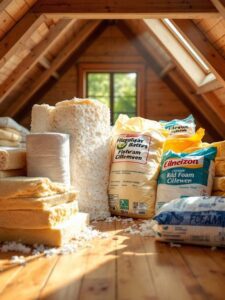
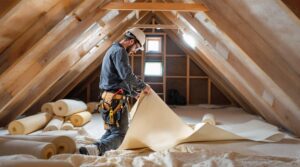
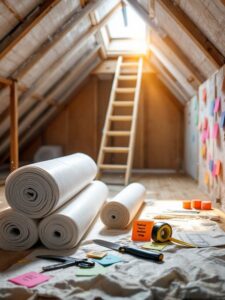
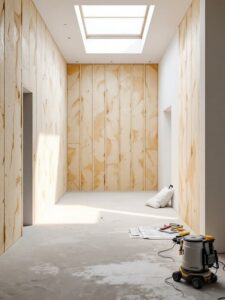



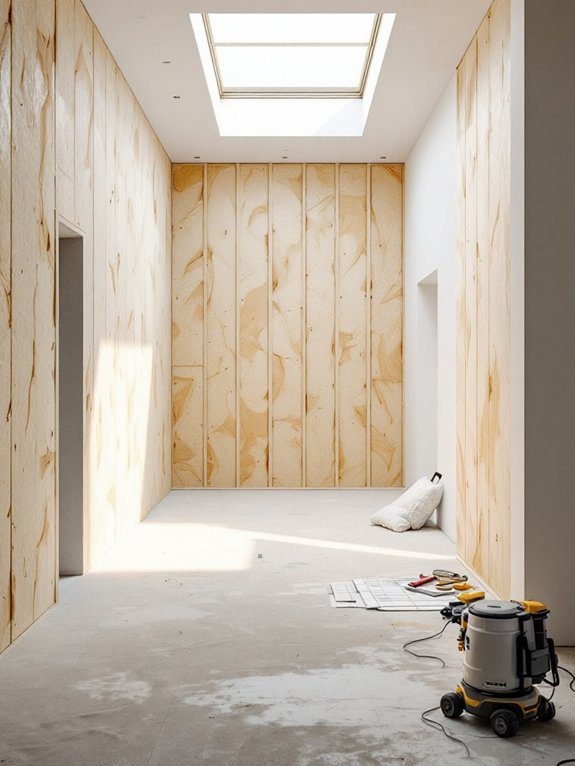
16 Responses
Good day! This post couldn’t be written any better! Reading through this post reminds me of my previous room mate! He always kept talking about this. I will forward this article to him. Fairly certain he will have a good read. Many thanks for sharing!
Some really wonderful information, Sword lily I detected this.
Outstanding post, you have pointed out some wonderful details , I besides conceive this s a very fantastic website.
Just desire to say your article is as astounding. The clearness in your post is just spectacular and i can assume you are an expert on this subject. Well with your permission allow me to grab your RSS feed to keep updated with forthcoming post. Thanks a million and please carry on the enjoyable work.
I know this if off topic but I’m looking into starting my own weblog and was curious what all is needed to get setup? I’m assuming having a blog like yours would cost a pretty penny? I’m not very internet smart so I’m not 100 positive. Any suggestions or advice would be greatly appreciated. Many thanks
After study a few of the weblog posts on your web site now, and I actually like your manner of blogging. I bookmarked it to my bookmark website list and will be checking back soon. Pls take a look at my web site as nicely and let me know what you think.
The heart of your writing whilst appearing reasonable at first, did not work well with me after some time. Someplace within the sentences you managed to make me a believer but just for a very short while. I still have a problem with your leaps in logic and you might do well to help fill in all those gaps. In the event you actually can accomplish that, I would undoubtedly end up being impressed.
Hello, i think that i saw you visited my website so i came to “return the favor”.I am attempting to find things to improve my web site!I suppose its ok to use some of your ideas!!
Your point of view caught my eye and was very interesting. Thanks. I have a question for you.
Do you have a spam issue on this website; I also am a blogger, and I was curious about your situation; many of us have developed some nice procedures and we are looking to trade strategies with other folks, be sure to shoot me an e-mail if interested.
A formidable share, I simply given this onto a colleague who was doing a little evaluation on this. And he in truth purchased me breakfast as a result of I found it for him.. smile. So let me reword that: Thnx for the treat! But yeah Thnkx for spending the time to debate this, I really feel strongly about it and love studying more on this topic. If potential, as you grow to be experience, would you mind updating your blog with extra details? It’s highly useful for me. Huge thumb up for this weblog post!
Thanks for sharing. I read many of your blog posts, cool, your blog is very good.
I don’t think the title of your article matches the content lol. Just kidding, mainly because I had some doubts after reading the article. https://www.binance.info/register?ref=IXBIAFVY
Thanks for sharing. I read many of your blog posts, cool, your blog is very good.
What’s Happening i’m new to this, I stumbled upon this I have found It absolutely helpful and it has aided me out loads. I hope to contribute & help other users like its aided me. Good job.
Thank you for your sharing. I am worried that I lack creative ideas. It is your article that makes me full of hope. Thank you. But, I have a question, can you help me?